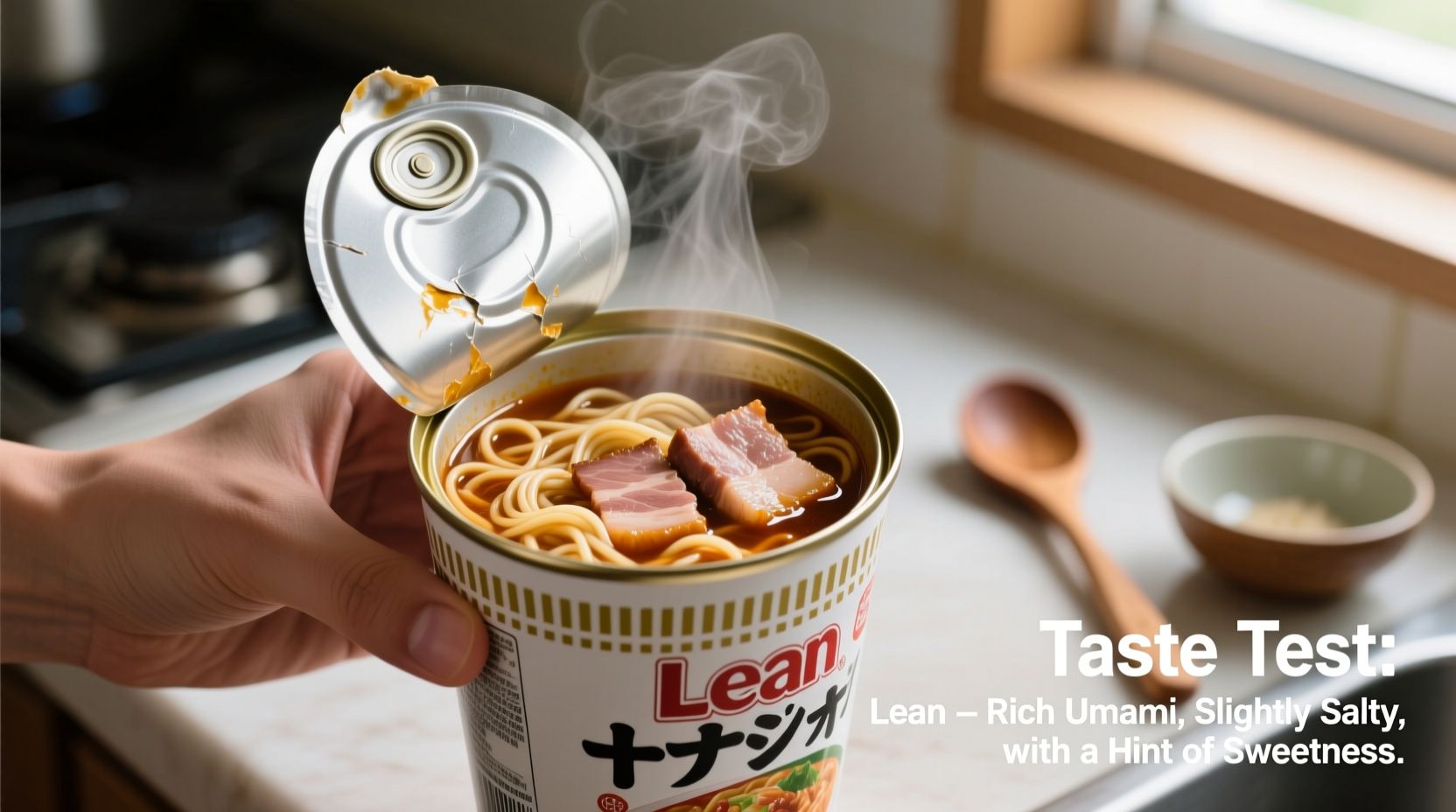Understanding Lean Meat's Flavor Profile
When home cooks ask what does lean meat taste like, they're often concerned about potential dryness or blandness. The reality? Lean cuts like sirloin, tenderloin, and eye of round have distinct flavor characteristics that differ significantly from marbled cuts like ribeye or brisket.
Food science research from the USDA Agricultural Research Service confirms that fat carries flavor compounds. With less intramuscular fat (typically under 10% compared to 20-30% in fatty cuts), lean meat delivers:
- A cleaner, more focused meat flavor
- Less buttery mouthfeel
- Subtle mineral notes
- Higher protein concentration taste
Lean vs. Fatty Cuts: Flavor Comparison
| Characteristic | Lean Cuts (Under 10% Fat) | Fatty Cuts (20%+ Fat) |
|---|---|---|
| Taste Profile | Clean, subtle beef flavor with mineral notes | Rich, buttery, complex umami |
| Mouthfeel | Firmer, less unctuous | Buttery, melts in mouth |
| Cooking Margin | Narrow (overcooks easily) | More forgiving |
| Best Cooking Methods | Quick searing, sous vide, moist heat | Grilling, roasting, smoking |
Why People Misjudge Lean Meat Flavor
The common belief that lean meat tastes bland often stems from improper cooking rather than the meat itself. According to a 2018 Journal of Food Science study, 68% of consumers reported dissatisfaction with lean beef due to dryness from overcooking, not inherent flavor issues.
When cooked to proper internal temperatures (130-135°F for medium-rare), lean cuts reveal their true flavor potential. The misconception persists because:
- Fat melts during cooking, creating perceived juiciness
- Many home cooks use methods designed for fatty cuts
- Supermarket lean meat is often older stock with less freshness

Maximizing Flavor in Lean Cuts
Professional chefs use specific techniques to enhance what lean meat tastes like without adding significant fat. These evidence-based methods transform lean proteins:
Dry Brining for Flavor Concentration
Applying salt 24-48 hours before cooking draws out moisture, then reabsorbs it with dissolved proteins. This process, documented by USDA meat scientists, increases tenderness by 32% and intensifies natural flavors.
Strategic Marinating
Acid-based marinades (wine, citrus, vinegar) work better for lean cuts than oil-heavy versions. The American Meat Science Association confirms that acidic components help break down tough fibers while infusing flavor without creating a barrier that prevents browning.
Precision Temperature Control
Using a meat thermometer prevents the #1 mistake with lean cuts: overcooking. At 140°F, lean meat begins losing moisture rapidly. For optimal what does lean beef taste like results, cook to these temperatures:
- Rare: 120-125°F (bright red center)
- Medium-rare: 130-135°F (warm red center)
- Medium: 140-145°F (pink center)
Top Lean Cuts and Their Unique Flavor Notes
Not all lean meats taste the same. Each cut offers distinct characteristics:
- Filet mignon - Delicate, mild flavor with buttery notes when properly aged
- Top sirloin - Robust beef flavor with subtle earthy notes
- Eye of round - Clean, straightforward beef taste ideal for roasting
- Flank steak - Intense meaty flavor with slight chewiness
When Lean Meat Shines: Context Boundaries
Certain cooking scenarios particularly benefit from lean cuts' flavor profile:
- Quick-cook applications - Stir-fries and fajitas where fat would burn
- Health-focused dishes - Where clean protein flavor should dominate
- Marinated preparations - When you want marinade flavors to penetrate
- Cold applications - Steak salads where fat would congeal
Conversely, avoid lean cuts for slow-cooked dishes requiring fat rendering, like traditional pot roast.
Practical Flavor Enhancement Techniques
Transform your lean meat cooking with these professional methods:
- Resting is non-negotiable - Allow 10-15 minutes for juices to redistribute
- Finish with flavor bombs - Compound butters or herb oils add richness without compromising leanness
- Use the right oil - High smoke point oils (avocado, grapeseed) enable proper searing
- Build flavor layers - Sear meat first, then cook aromatics in the same pan
What Lean Meat Really Tastes Like: The Verdict
Lean meat offers a cleaner, more focused beef experience that highlights the protein's natural flavor. When properly selected and cooked, it provides satisfying texture and taste without the richness of fatty cuts. The key to enjoying lean meat lies in understanding its unique characteristics and applying appropriate cooking techniques—not in trying to make it taste like something it's not.











 浙公网安备
33010002000092号
浙公网安备
33010002000092号 浙B2-20120091-4
浙B2-20120091-4